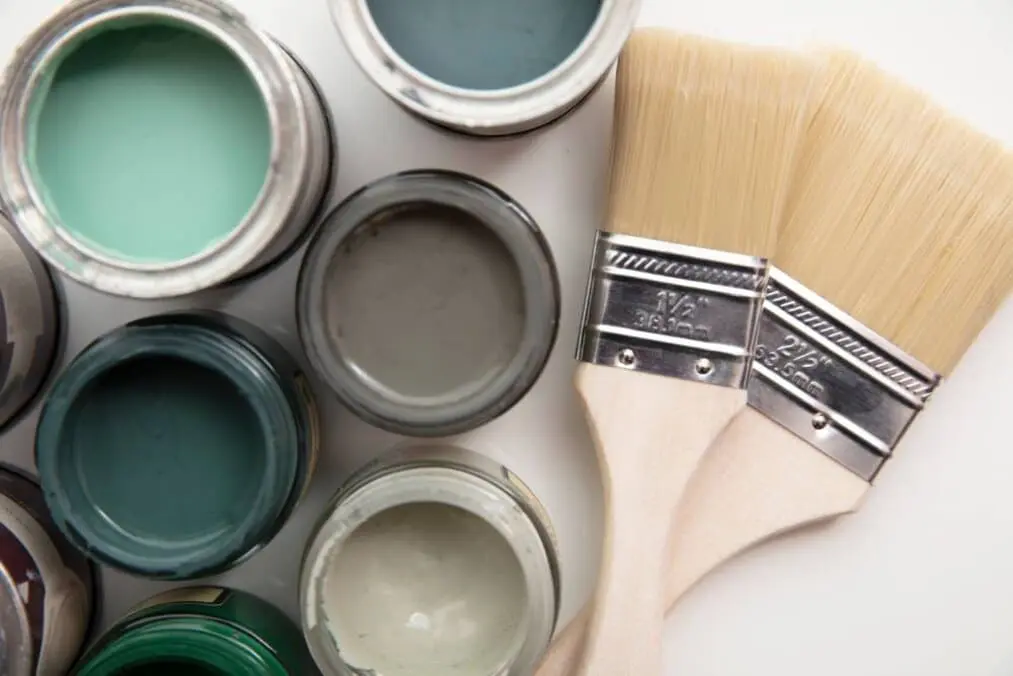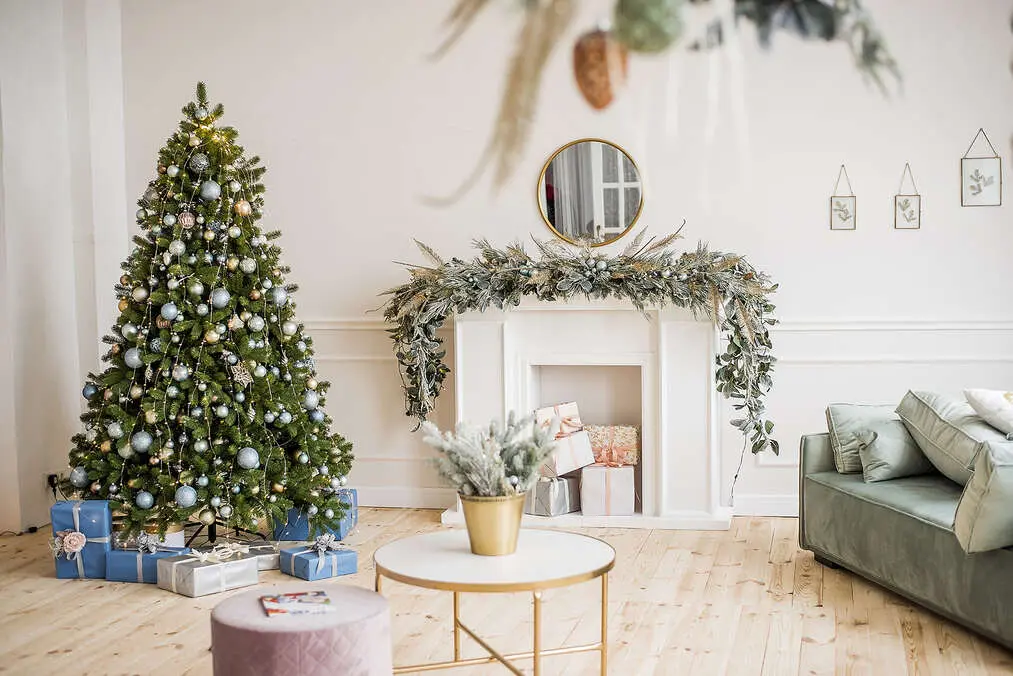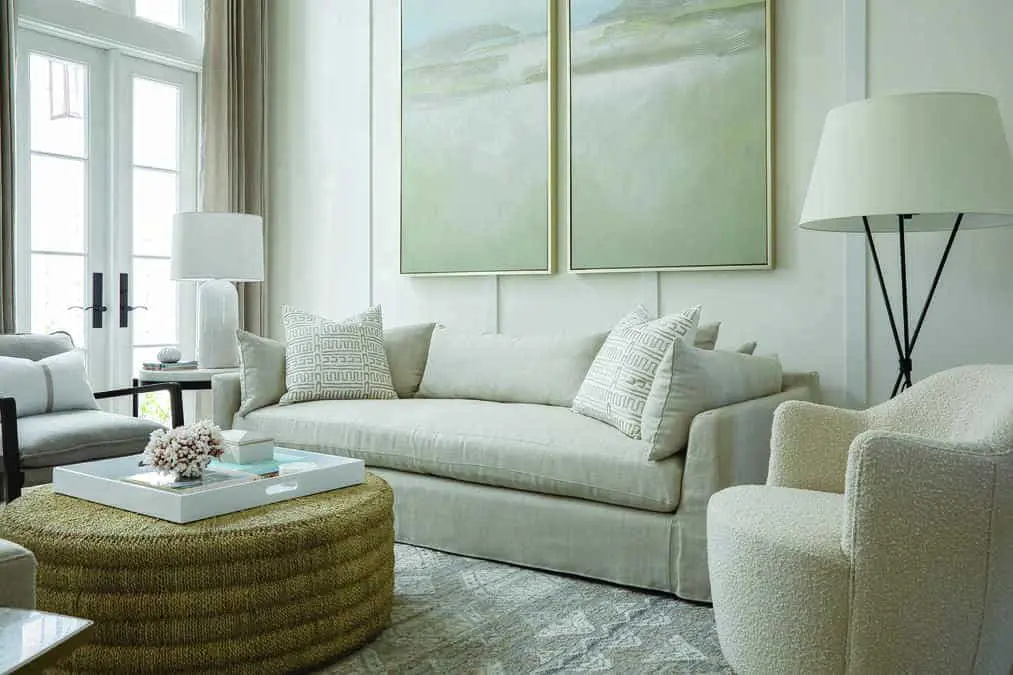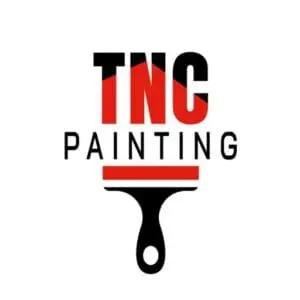The True Cost of Interior Painting: What Grand Rapids Homeowners Should Expect in 2025

The True Cost of Interior Painting: What Grand Rapids Homeowners Should Expect in 2025
Transforming your home’s interior with a fresh coat of paint is one of the simplest and most effective ways to breathe new life into your space. Whether you’re looking to modernize your living room, brighten up your kitchen, or refresh your entire home, a professional paint job can completely change the feel of your home. Grand rapids homeowners are increasingly turning to expert painters to achieve high-quality, lasting results.
But when it comes to the cost of interior painting, many Grand Rapids homeowners don’t know what to expect. Will it fit within your budget? What factors influence the price? And most importantly—how can you ensure you’re making a smart investment?
In this blog, we’ll explore:
- The key factors that affect the cost of interior painting in 2025 (size, materials, labor, and more).
- Why understanding these factors will help you budget confidently and avoid unexpected expenses.
- How to choose between DIY and professional painting services for the best results.
By the end of this article, you’ll have a clear understanding of what to expect when planning an interior painting project in Grand Rapids. Let’s dive in and uncover the true cost of transforming your home!
What Drives the Cost of Interior Painting?
When planning an interior painting project, it’s essential to understand the factors that influence the cost. From the size of your space to the quality of materials, many elements affect the total price. Below, we’ll break down the key cost drivers, so you can prepare your budget confidently.
The Size and Condition of Your Space
Why Size Matters
The size of your space is one of the biggest factors in determining the cost of an interior painting project. Most professional painters charge based on square footage, so larger areas naturally come with higher price tags.
For example, painting a single small bedroom will cost significantly less than painting an open-concept living area. To get a rough estimate, measure the square footage of the walls, ceiling, and any additional surfaces you want painted.
Wall Condition Is Key
The condition of your walls also plays a critical role. If your walls have damage, such as cracks, dents, or holes, they’ll require additional prep work before painting can begin. This may include:
- Patching and repairing holes to ensure a smooth surface.
- Sanding uneven areas for better paint adhesion.
- Cleaning or priming stained walls to prevent discoloration.
The more prep work required, the higher the cost will be. If your walls are in excellent shape, you’ll save both time and money.
The Quality of Paint and Materials
Premium Paints vs. Budget Options
The type of paint you choose will significantly impact the overall cost. While budget-friendly paints may seem like a good deal, they often require more coats to achieve full coverage, which can increase labor costs. On the other hand, premium paints tend to:
- Offer better coverage, reducing the number of coats needed.
- Provide longer-lasting results, saving you money on repaints in the future.
- Resist wear and tear, making them ideal for high-traffic areas like kitchens and hallways.
While premium paints are more expensive upfront, they’re often worth the investment in the long run.
Long-Term Value
Investing in higher-quality materials doesn’t just improve the look of your space—it also increases the durability of the paint job. A professional painter can guide you in selecting the best options for your needs, balancing quality and cost effectively.
Labor Costs: DIY vs. Professional Painters
Professional Expertise Comes at a Price
Hiring professional painters ensures that your project is completed with precision and expertise. Professionals bring:
- Specialized tools for smooth, even application.
- Experience in handling tricky areas like ceilings, corners, and trim.
- Efficiency, saving you time and hassle.
In Grand Rapids, the average cost of professional interior painting typically includes labor, materials, and cleanup. While this option comes with a higher price, it provides peace of mind and high-quality results.
The Hidden Costs of DIY
Painting your home yourself may seem like a cost-saving solution, but there are hidden expenses to consider:
- Buying tools like brushes, rollers, tape, and drop cloths.
- Losing time (and possibly taking days off work) to complete the project.
- Fixing mistakes or achieving subpar results.
DIY projects can quickly become overwhelming, especially if you’re dealing with large areas or intricate designs. In many cases, hiring a professional is more cost-effective in the long run.
Special Features and Customizations
Accent Walls and Unique Designs
Adding special features, like accent walls or custom designs, can elevate the look of your home—but they also increase costs. Intricate patterns, murals, or textured finishes require extra time and skill, which professionals will factor into their pricing.
Ceiling and Trim Work
Painting ceilings, baseboards, and crown molding can make a dramatic difference in your home’s appearance, but it’s a time-intensive process. These elements require precision and attention to detail, which adds to the overall labor cost.
If you’re working within a tight budget, consider focusing on the most visible areas of your home and saving features like trim or ceiling work for later.
Seasonal and Regional Factors in Grand Rapids
Busy Season Pricing
The time of year can also affect the cost of your painting project. In Grand Rapids, spring and summer are the busiest times for painters, meaning prices may be higher due to increased demand. To save money, consider scheduling your project during the off-season, like fall or winter.
Local Market Trends in 2025
Economic factors in Grand Rapids—such as labor availability and material costs—can also impact pricing. For example, if there’s a labor shortage or an increase in paint prices, you may notice higher quotes from contractors.
Staying informed about local trends can help you plan your project strategically and secure the best value for your investment.
Recap: What Grand Rapids Homeowners Should Know About Painting Costs
Understanding the true cost of interior painting allows you to plan your project with confidence and avoid surprises. As we’ve discussed, the total cost depends on several key factors:
- The size and condition of your space: Larger areas and damaged walls require more time and effort, increasing the cost.
- The quality of paint and materials: Investing in premium paints may cost more upfront but offers better durability and long-term value.
- Labor costs: Professional painters provide expertise and efficiency, while DIY projects may come with hidden expenses.
- Special features and customizations: Unique designs, accent walls, and trim work can enhance your home but add to the price.
- Seasonal and regional factors in Grand Rapids: Busy seasons and local economic trends can affect pricing, so timing your project strategically is important.
By understanding these factors, you’ll be better equipped to set a realistic budget and make informed decisions for your home.
At TNC Painting, we understand that every homeowner has unique needs and goals. Whether you’re refreshing a single room or transforming your entire home, our team of professionals is here to provide:
- Transparent pricing: No hidden fees—just honest, detailed quotes.
- Expert craftsmanship: A flawless finish that enhances your home’s beauty.
- High-quality materials: We use only the best paints and tools to ensure long-lasting results.
Let us take the stress out of your interior painting project! Contact us today for a free consultation and personalized quote.




